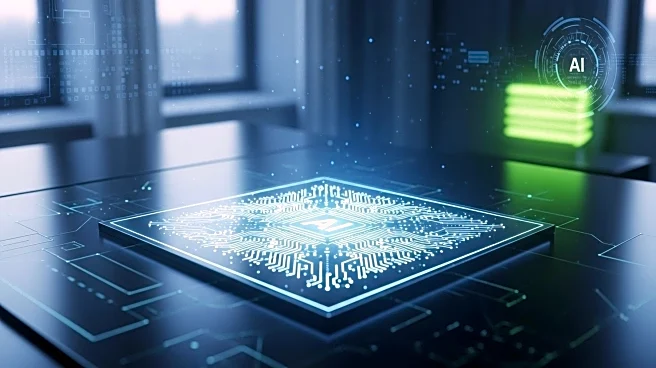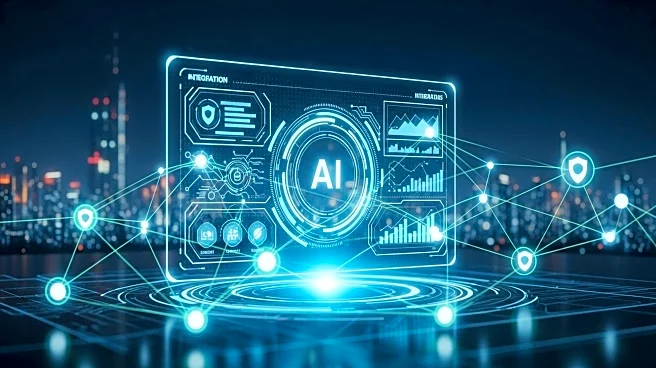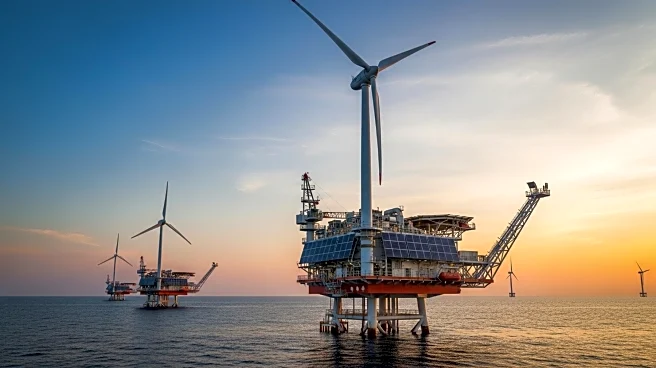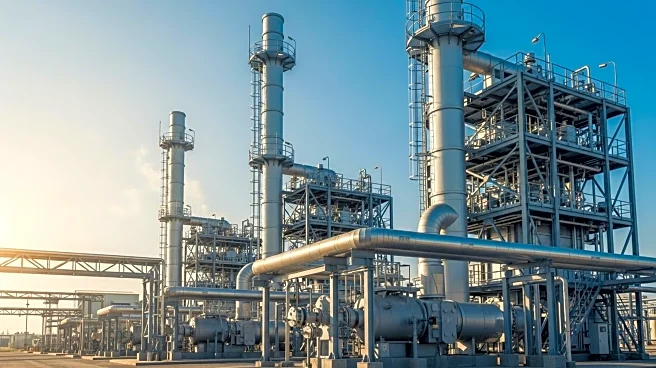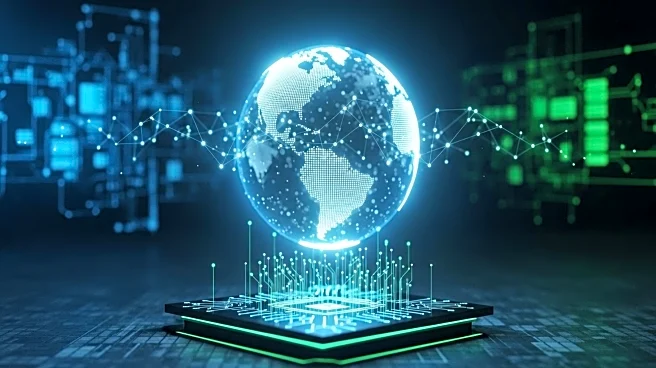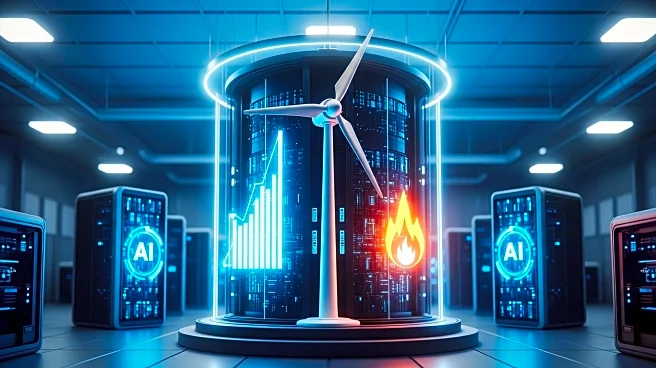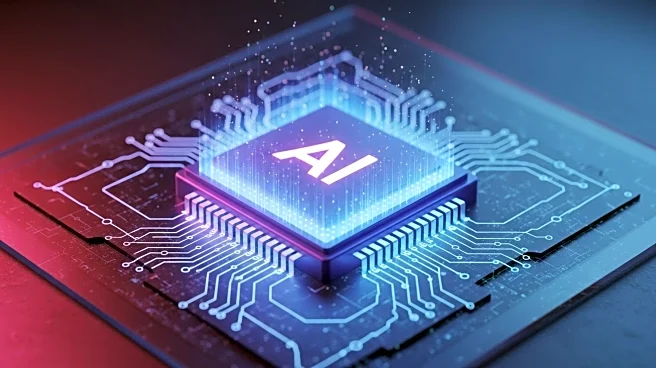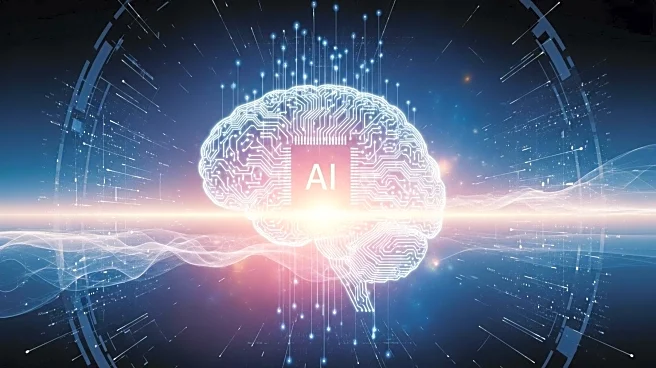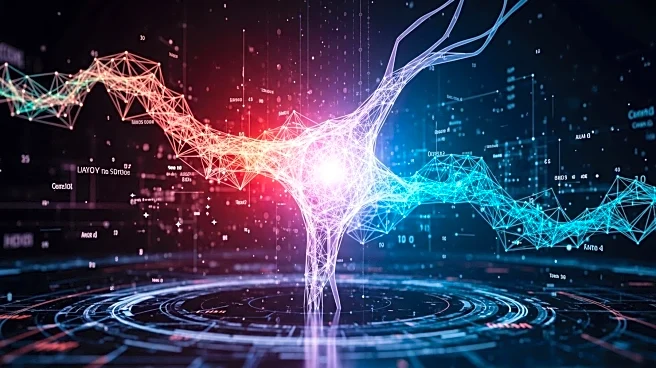What is the story about?
What's Happening?
Researchers at Michigan State University have conducted a study to evaluate the effectiveness of large language models (LLMs) in making building energy retrofit decisions. The study, titled 'Can AI Make Energy Retrofit Decisions? An Evaluation of Large Language Models,' is among the first to assess how these AI models perform in determining efficient and effective retrofits. The research involved using seven LLMs to generate retrofit decisions for 400 homes across 49 states, focusing on both technical and sociotechnical contexts. The AI models were tasked with identifying retrofit solutions that maximize CO2 reduction and minimize payback periods. While the models showed a 54.5% accuracy in selecting the best option and a 92.8% accuracy for top-five matches, they struggled with consistency and contextual understanding, particularly in sociotechnical scenarios.
Why It's Important?
The study highlights the potential of AI in enhancing decision-making for energy retrofits, which can lead to significant energy savings and contribute to decarbonization efforts. However, the findings also underscore the current limitations of AI models in handling complex, context-driven decisions. This has implications for industries and policymakers aiming to leverage AI for sustainable building practices. The research suggests that while AI can aid in identifying retrofit options, further improvements in model accuracy and contextual reasoning are necessary before these tools can be reliably used in practice. This could impact stakeholders in the construction and energy sectors, who may need to balance AI integration with human expertise to achieve optimal results.
What's Next?
The study indicates a need for further refinement of AI models to improve their decision-making capabilities in retrofit scenarios. Researchers and developers may focus on enhancing the models' ability to interpret and prioritize complex sociotechnical factors. This could involve integrating more comprehensive datasets and refining algorithms to better capture the nuances of retrofit decision-making. As AI technology evolves, stakeholders in the building and energy sectors may explore collaborative approaches that combine AI insights with human expertise to optimize retrofit strategies and achieve sustainability goals.
AI Generated Content
Do you find this article useful?
